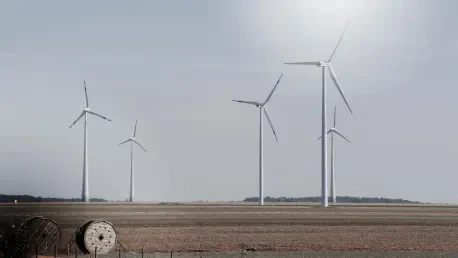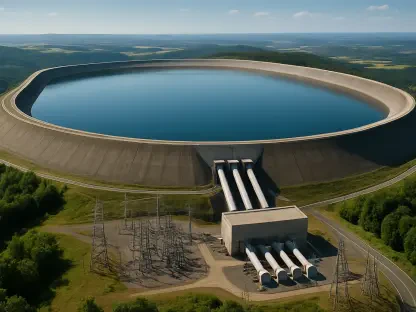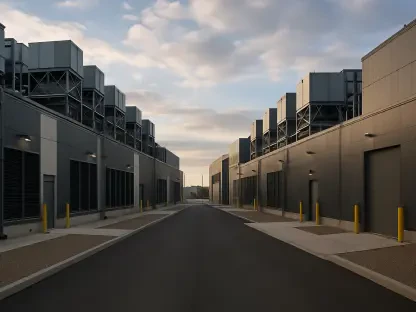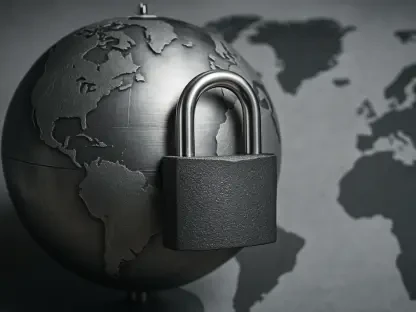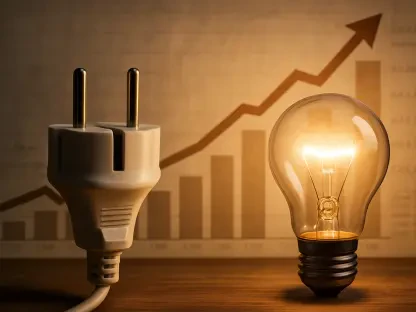The clean energy sector in the United States is witnessing a paradigm shift, marked by significant growth in regions traditionally not associated with renewable energy deployments. States like Texas have emerged as leaders in clean energy capacity expansion, with over 1,700 MW deployed in 2025 alone. This growth spurt has propelled Texas and similar states into the spotlight, showcasing a 20% increase in total clean energy capacity. Traditionally Republican states now prominently feature in the top ranks of clean energy proponents, with Florida, Indiana, Ohio, and Wyoming following closely. This regional expansion illustrates a broader trend in renewable energy adoption across the U.S., contributing to a record 7.4 GW of new clean power capacity installed nationwide in the first quarter of 2025. This marks the second-strongest Q1 on record, underscoring the industry’s momentum. While these developments highlight robust growth, the clean energy sector is not without its challenges. A slowdown in the development pipeline has raised concerns, as industry growth only reached 12%, a stark contrast to the 26% seen previously. Political factors, particularly concerning federal policy and tax credits, loom large over the sector, with developers curtailing over $14 billion in projects due to uncertainty. This raises pressing questions about the future sustainability and resilience of clean energy in the face of political flux.
Regional Growth and Emerging Powerhouses
In recent years, certain states in the U.S. have become unexpected powerhouses in the clean energy industry. Texas’s commitment to wind, solar, and energy storage has set a blueprint that other states are starting to follow. Beyond Texas, states like Florida, Indiana, Ohio, and Wyoming have shown remarkable growth, challenging the long-held dominance of states like California. These areas have historically depended on conventional energy sources but are now embracing renewable energy as a viable alternative. The first quarter of 2025 highlighted a surge in clean power capabilities with the installation of 7.4 GW, marking one of the most significant capacity builds in history, only slightly below the record set in the previous year. Crucially, energy storage has become the fastest growing segment, where battery capacity witnessed a dramatic 65% year-over-year increase. This rapid advancement signals a transformative shift in energy infrastructure, as utilities increasingly adopt renewable technologies to enhance energy security and reduce operational costs.
However, this growth occurs against a backdrop of geopolitical shifts and policy debates that shape the future of energy investments. Uncertainties in federal policy, particularly relating to tax incentives, have impacted growth trajectories. Developers express concern about potential disruptions caused by legislative changes. The proposed cuts to energy tax credits by the House GOP could disproportionately affect local economies and impede sector growth. Presently, the sector generates around $3.4 billion annually in revenues, supporting nearly 650,000 jobs. The impending policy changes threaten these gains by creating instability, which influences developers’ confidence and willingness to invest in new projects. Although southern and midwestern states are increasingly adopting clean energy, political dynamics could determine if this trend continues. Regional authorities and industry stakeholders must collaborate to navigate these challenges, ensuring that growth can be sustained and scaled appropriately.
Policy Challenges and Economic Implications
The clean energy sector’s growth is heavily influenced by federal policies, creating a complex landscape for developers. A notable slowdown in the clean power development pipeline reflects concerns that federal policy changes and tax credit reductions could hinder progress. The pipeline expanded by just 12%, falling short of past growth levels due to political uncertainties. This deceleration has prompted significant introspection within the industry as developers face the constraints of an unpredictable policy environment. The $14 billion in canceled projects since the start of the year underscores the risk that inconsistent policy poses to both ongoing and planned projects. Central to this discourse is the potential impact of political decisions on clean energy’s economic contributions. Energy tax credits are vital incentives for developers and investors; they help round out the financing needed for large-scale projects. The proposed reduction of these credits risks undermining the industry’s economic potential, affecting state and local economies that rely on energy investments for growth and job creation.
In contrast, conventional energy projects, particularly those focused on gas-fired power plants, present a growing alternative. Utilities in the South, Midwest, and West are pushing forward with gigawatt-scale gas projects, attracted by the perceived stability and longevity of gas as an energy source. However, these projects are not without their hurdles: the manufacturing sector reports significant backlogs in turbine production, posing logistical challenges that could delay implementation. While there’s interest in expanding gas infrastructure, the actual progress hinges on overcoming supply chain barriers. Meanwhile, the solar sector presents a marked advantage in terms of deployment timeframes. Solar projects boast relatively smooth interconnection processes; the median time from interconnection signing to commissioning took approximately 25 months. This efficiency in solar installations contrasts with the longer timelines experienced by large-scale gas projects, spotlighting solar energy’s growing feasibility and appeal for quick deployment.
Solar’s Advantage and Future Outlook
The U.S. clean energy sector is undergoing a transformation, highlighted by rapid growth in regions not historically linked to renewable energy. Texas has taken a leading role, deploying over 1,700 MW in 2025, contributing to a notable 20% rise in total clean energy capacity. States traditionally Republican, such as Florida, Indiana, Ohio, and Wyoming, are now at the forefront of renewable energy adoption. This shift mirrors a nationwide trend, resulting in a record-setting 7.4 GW of new clean power capacity installed across the country in the first quarter of 2025, making it the second-strongest Q1 on record and underlining the sector’s momentum. Despite the promise, the sector faces challenges. Development pipeline slowdowns have tempered growth to 12%, down from a previous 26%. Critical political issues, particularly federal policy and tax credits, have caused developers to cut over $14 billion in projects amid uncertainty, prompting questions about the sector’s future sustainability amidst political change.
